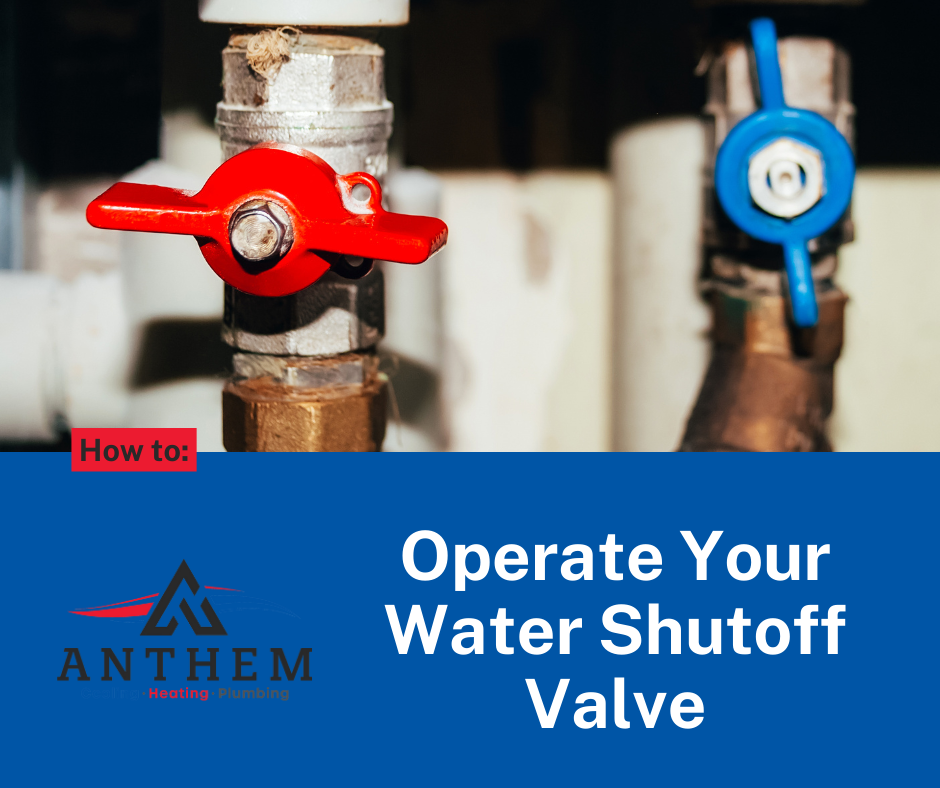
Ever had that heart-sinking moment when you spot a water leak in your home? A burst pipe, perhaps, or a puddle under the sink? Yeah, me too.
It’s like watching money literally go down the drain. But don’t panic! That small twist of metal called the main water shutoff valve is about to become your best friend.
It’s this simple device that stands between you and an indoor flood. I’m going to let you in on a secret: knowing how to operate it isn’t rocket science – it’s actually quite straightforward once you get the hang of it. Intrigued?
Keep reading because we’re diving deep into how to turn off the water to your house with confidence – be it for maintenance work or those unforeseen emergencies!
Table Of Contents:
- Understanding Your Home’s Water Shutoff System
- Operating Your Water Shutoff Valve
- Relieving Pressure in Your Pipes
- Restarting Your Water Supply After Repairs
- Regular Maintenance and Inspection of Your Water Shutoff System
- Conclusion
Understanding Your Home’s Water Shutoff System
Your home’s water shutoff system is crucial for managing your water supply. Knowing how to use it can save you from potential disasters like leaks and floods.
Gate Valves vs. Ball Valves
The two common types of valves in homes are gate valves and ball valves. Gate valves have a round handle that needs several turns to shut off the water, while ball valves come with a lever that requires only a quarter turn.
Typical Locations for Main Water Shutoff Valve
Finding the main water shutoff valve isn’t always straightforward as its location varies depending on house design. It could be located in your basement, garage, or near an outdoor faucet. Make sure you know where yours is before any plumbing issue arise.
Please note: While this information should give you basic knowledge about shutting off your home’s water supply, every situation is unique. Always seek professional help if needed.
Operating Your Water Shutoff Valve

If you’ve got a plumbing problem, the first step is to stop water flow. You need to know how your main shutoff valve works.
Turning Off a Gate Valve
A gate valve might look old-fashioned but it gets the job done. Here’s how:
- To start, find the round wheel handle on top of the valve.
- Gently turn this clockwise until it stops – don’t force it.
Turning Off a Ball Valve
A ball valve has an easy-to-use lever handle and here’s what you do:
- You’ll notice that when water is flowing, the lever aligns with the pipes.
- To stop water, rotate this 90 degrees so it’s perpendicular to the pipes.
Taking control of your home’s plumbing starts with understanding these valves.
Relieving Pressure in Your Pipes
Once the water is off, it’s essential to reduce pressure in your pipes before they burst. Why? Picture this: you’re blowing up a balloon but stop before it pops. The air inside is under tension, right? Same with your pipes.
To avoid potential damage and make repairs easier, open all faucets starting upstairs and working your way down. This lets trapped water flow out instead of staying pressurized within.
It’s like releasing steam from a boiling pot – failure to do so might just result in an uncomfortable surprise. So remember folks; when dealing with plumbing issues at home, always be sure to let off some ‘steam’ first.
Restarting Your Water Supply After Repairs

Once repairs are done, it is time to start the water flow again cautiously. But don’t rush; turning on your water supply too quickly can cause a surge that damages pipes or fixtures.
The first step is opening the main shutoff valve slowly. Start by twisting it counterclockwise just a bit and then wait for about five minutes. This slow start allows pressure to build up gradually in your system, avoiding any sudden shocks.
After this initial period, you can fully open the valve. Remember not to force it if there’s resistance – forcing could damage the valve itself. If things seem stuck, try using some penetrating oil.
Last but definitely not least: check around your house for leaks. Keep an eye out for wet spots or listen carefully for unusual sounds like dripping or rushing water behind walls.
Regular Maintenance and Inspection of Your Water Shutoff System
Maintaining your home’s water shutoff system is like getting a regular check-up for your car. You wouldn’t want to be in the middle of a plumbing emergency and find out something isn’t working properly, would you? The same goes for your water supply.
Checking Your Main Water Shutoff Valve
It’s smart to give your main valve some attention every now and then. Think about checking it twice a year—maybe when you change the clocks or swap out batteries in smoke detectors—to make sure it operates smoothly. But don’t just look at it; turn off the valve and back on again to test its function.
Replacing Your Water Shutoff Valve
Sometimes, valves wear out with age or due to rust buildup, so replacement might be necessary. If turning off the valve feels stiff or if there are signs of leaks around it, call a plumbing professional. Remember: prompt action can prevent more significant issues down the line.
Conclusion
Turning off water to your house is a skill every homeowner should master. With knowledge of gate and ball valves, you’re now equipped to handle those leaks.
Remember, the shutoff valve can be in different locations – basements or crawlspaces being common spots. Keep that spot clean and accessible!
You’ve learned how important it is to relieve pressure after shutting off the water. Don’t forget this step as it protects your pipes from damage.
Restarting the water supply might seem daunting but with our guide, it’s straightforward! Take things slow and avoid turning on too many faucets at once.
For more details, contact Anthem today! Call (951) 389-5151 Inland Empire or (760) 895-2621 for the Coachella Valley. We’re always here to help!







No comment yet, add your voice below!